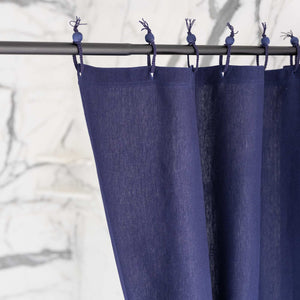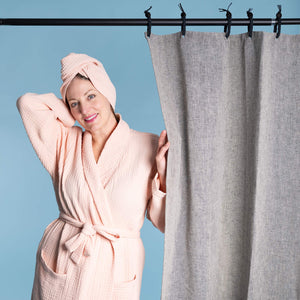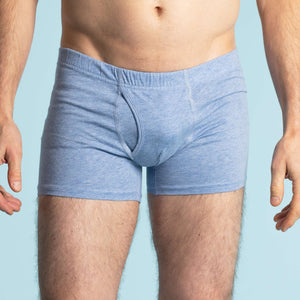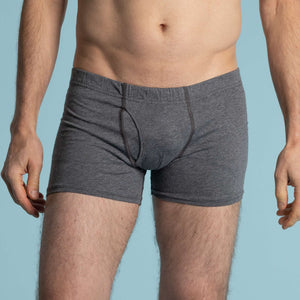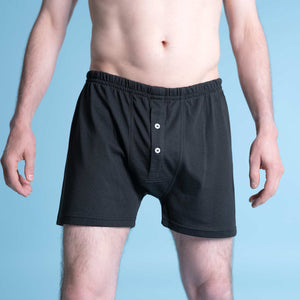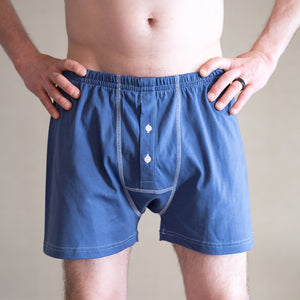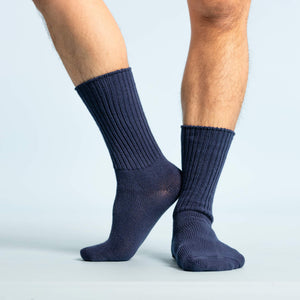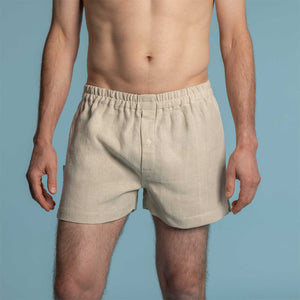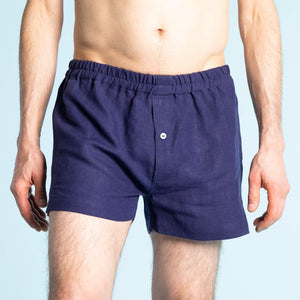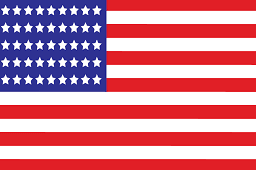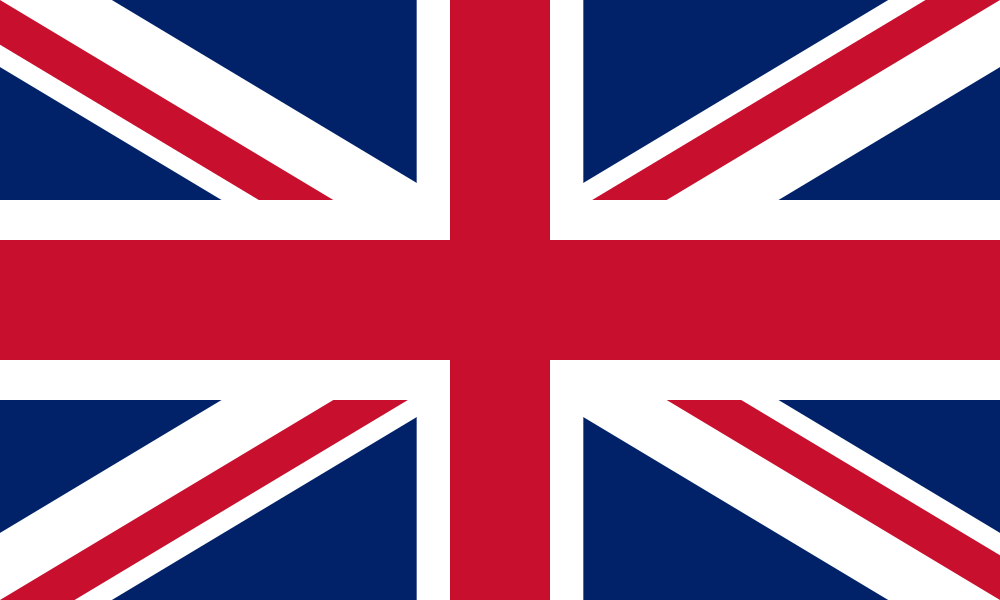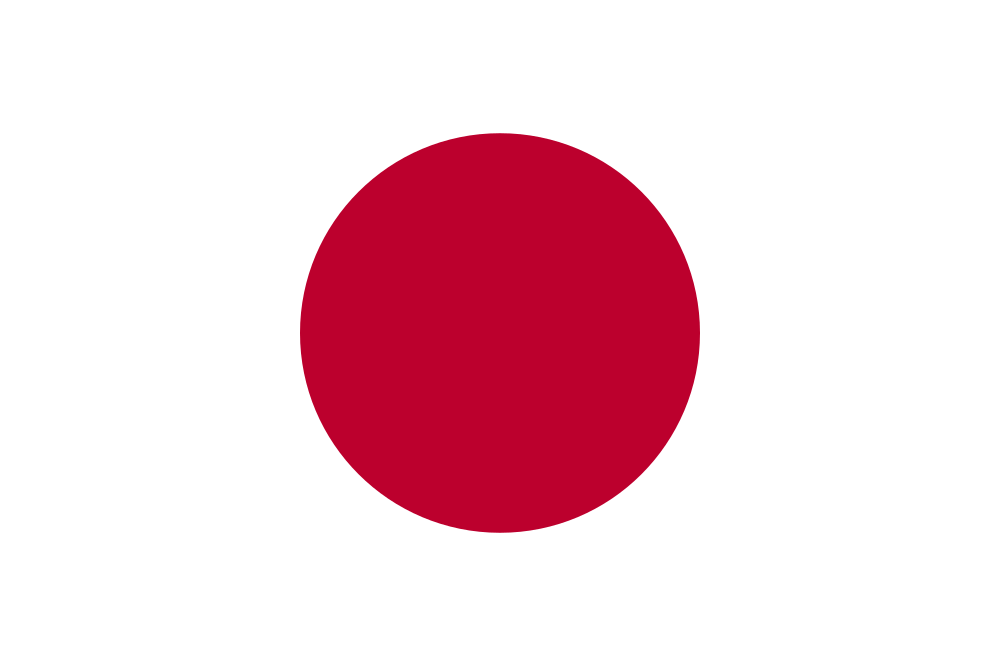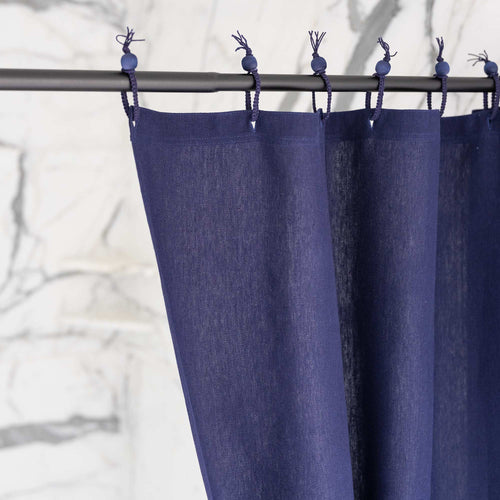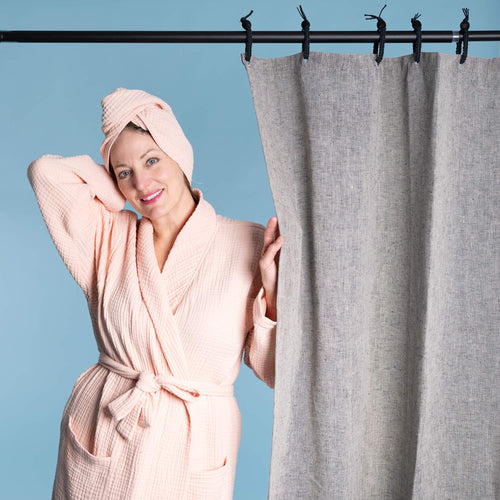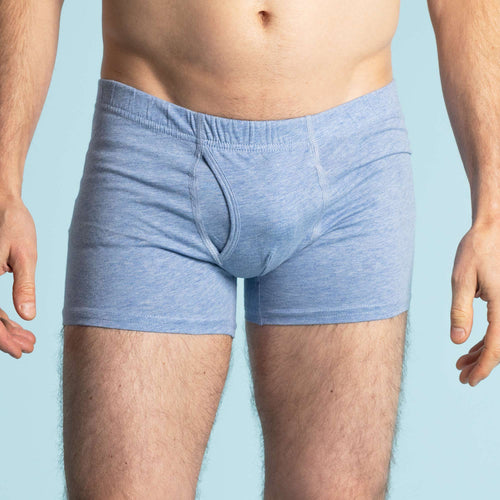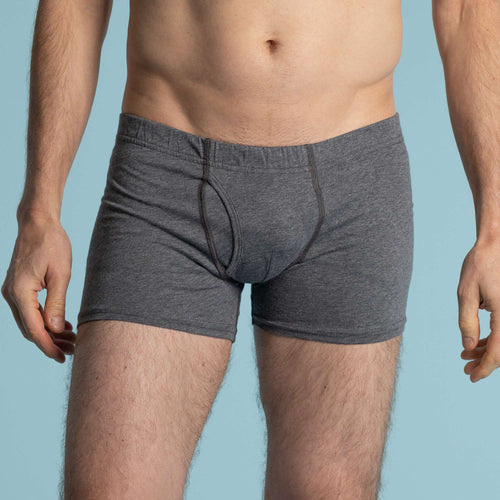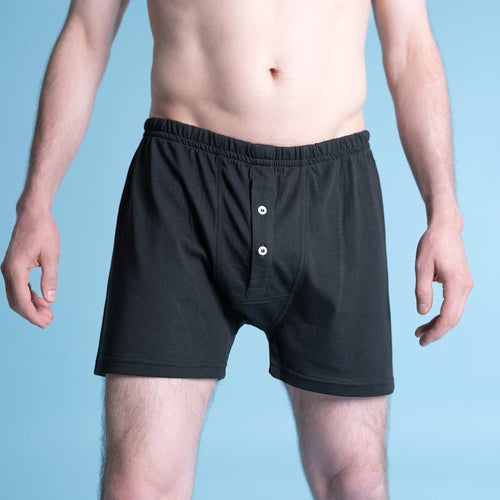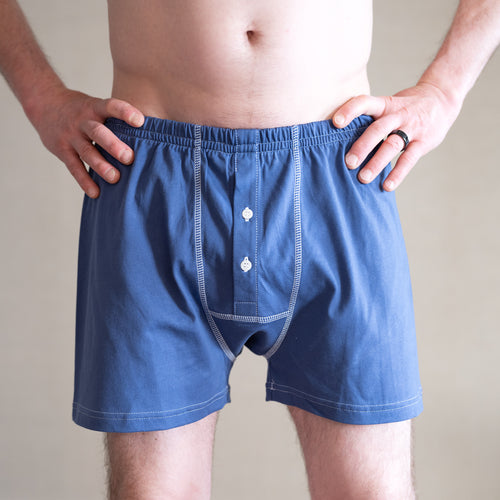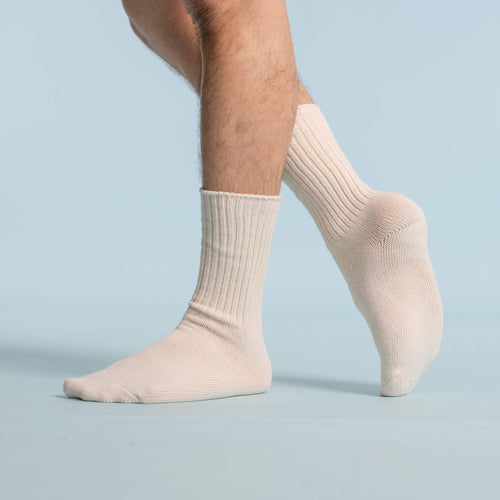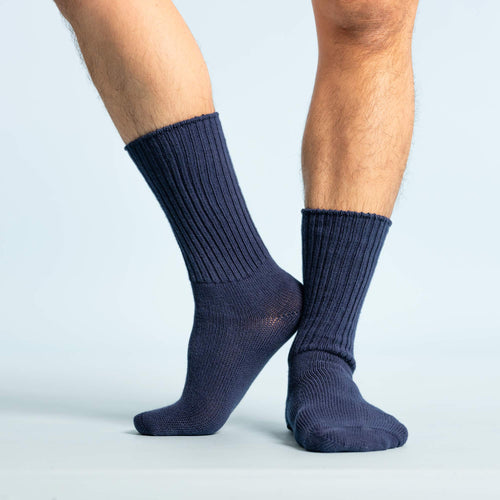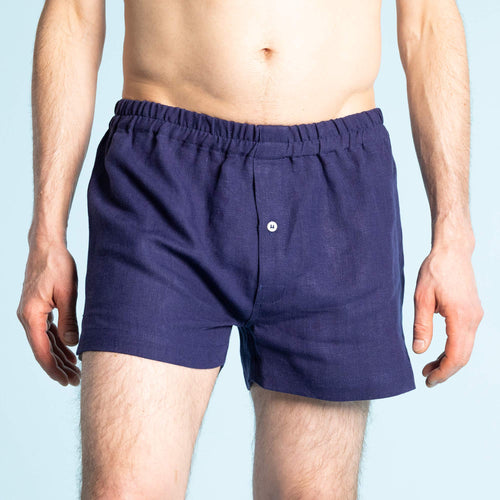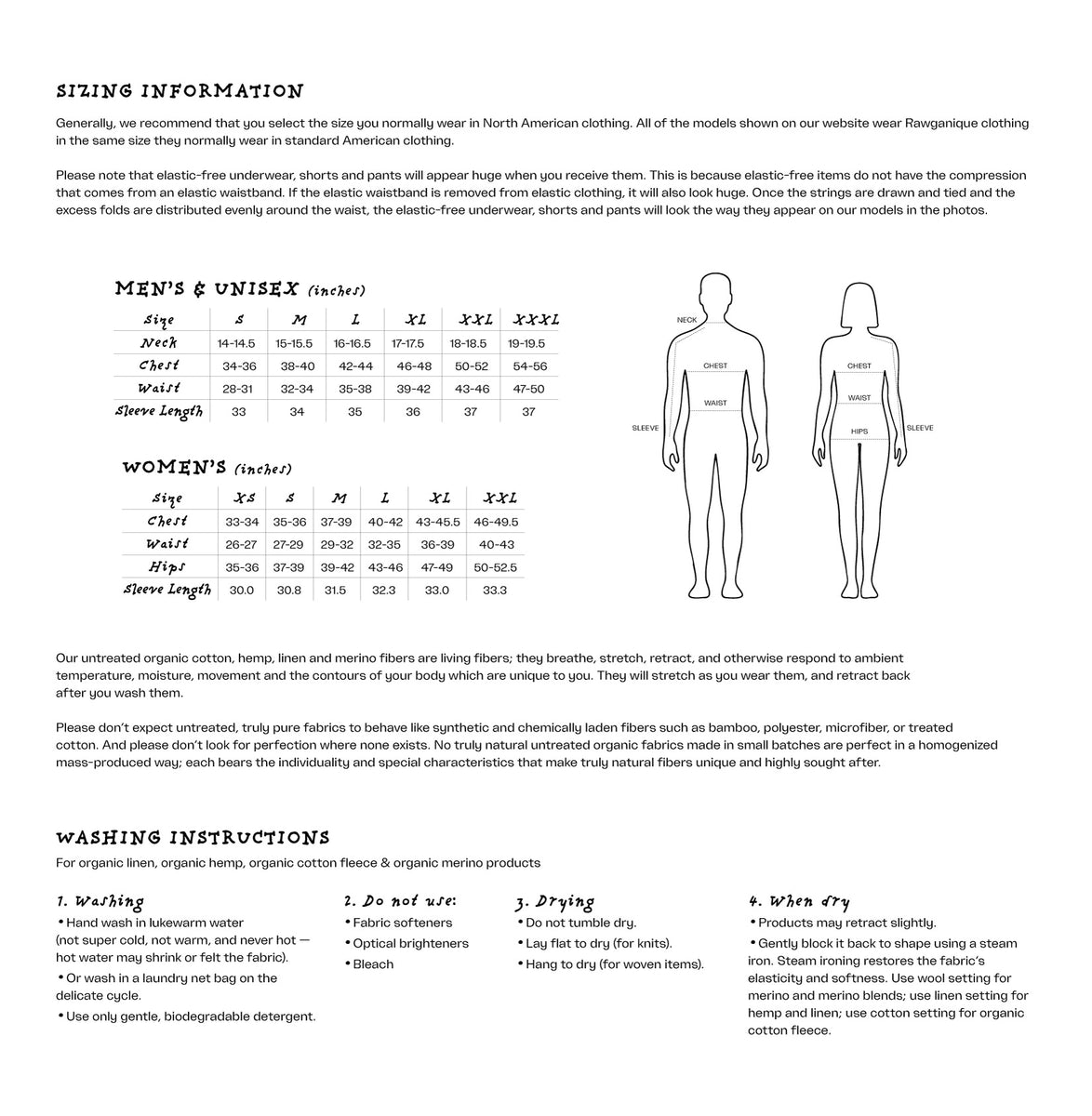Top photo: There's a line-up at the egg-house. A rooster stands guard while the hens take their turns in the duplex cubicles when the need to lay an egg overtakes them.
How our zoo of pet chickens, ducks, and geese came to be
Who hasn't fantasized about having chickens, ducks, goats, or geese? Of going every morning to the barn and harvesting fresh eggs? Getting fresh milk? Well, I had. Once we were settled on our homestead, I was ready, willing, and able to pursue that dream. But Scott and Helen Nearing's words about livestock were fresh on our minds: the reason they didn't keep animals was that animals enslave people, not the other way around. It's a responsibility: you have to feed your animals, care for them, etc... However, in our reclusive isolated lives, we wanted companionship in the form of animals, wild or "domesticated."
We were not averse to the daily chores of caring for them. And since our goal was never to optimize production like the commercial meat industries do, trying to squeeze out the most number of eggs from each hen or fattening up cattle and poultry as fast as possible before slaughtering them, often in cruel, inhumane ways. For our part, we just wanted some animals as pets, as we do not eat flesh, eggs, or dairy products. We would just provide a natural habitat for our animals to live in and be happy.
This is the deluxe chicken/duck accommodation we built for them when we moved them up close to the house (you can see the house in through the hardware cloth). It's well ventilated and anchored to a tree for strength. There's even a built-in swimming pool for the ducks. We have always kept our ducks and chickens in the same coop, which we found out later that no one else does. But they are fine. They all get along great. At night, the chickens perch up high under the roof, and the ducks either use the middle shelf or perch or sleep on the ground.
The silkie is one of our favorite breeds. This furry creature is docile, sweet, pretty, beautiful, and so full of life.
So when we heard of a lady in a nearby town who had been rescuing farm animals in an unusual way, who could no longer care for them for health reasons, we were very much intrigued and interested. We went to meet her and fell in love with her animals and the way she cared for them. She had stories to tell about how she acquired each one of her pets. There were the three geese on the back of a farmer's pickup truck on the way to market. She stopped the farmer and asked him if she couldn't pay for the geese instead of having them go and be slaughtered. So she plucked down $5 for each of them; the farmer was more than happy to take the money as the geese were too old for good meat anyways, he told her. Then there was the 3-legged llama that was on its way to the vet to be put down. Then a bunch of other animals that came by word of mouth: people who didn't know what to do with their roosters brought them to her. And then there were abused farm animals that had been treated cruelly that were rescued by the local animal organization. On and on the story goes for each of the poor animals.
This is the deluxe chicken/duck accommodation we built for them when we moved them up close to the house (you can see the house in through the hardware cloth). It's well ventilated and anchored to a tree for strength. There's even a built-in swimming pool for the ducks. We have always kept our ducks and chickens in the same coop, which we found out later that no one else does. But they are fine. They all get along great. At night, the chickens perch up high under the roof, and the ducks either use the middle shelf or perch or sleep on the ground.
The silkie is one of our favorite breeds. This furry creature is docile, sweet, pretty, beautiful, and so full of life.
So when we heard of a lady in a nearby town who had been rescuing farm animals in an unusual way, who could no longer care for them for health reasons, we were very much intrigued and interested. We went to meet her and fell in love with her animals and the way she cared for them. She had stories to tell about how she acquired each one of her pets. There were the three geese on the back of a farmer's pickup truck on the way to market. She stopped the farmer and asked him if she couldn't pay for the geese instead of having them go and be slaughtered. So she plucked down $5 for each of them; the farmer was more than happy to take the money as the geese were too old for good meat anyways, he told her. Then there was the 3-legged llama that was on its way to the vet to be put down. Then a bunch of other animals that came by word of mouth: people who didn't know what to do with their roosters brought them to her. And then there were abused farm animals that had been treated cruelly that were rescued by the local animal organization. On and on the story goes for each of the poor animals.
The animals seemed happy and contented. But her place did look like a desert, a very fertile one, for the goats, the llama, the geese, the ducks, the chickens, and peacocks had grazed and razed the greenery to nothing. This should have given us pause, but since we have a sizeable property, we weren't concerned about it. We decided to keep them about a kilometer downhill from our home and garden site. Their area is next to a big pond and has a seasonal creek, which the ducks and geese very much appreciate. There, they can make all the noise they want without our hearing them much, and they are free to eat whatever grasses, weeds, and native flora they can find.
Geese are carefree animals that are graceful and swan-like on the water. Ours love to go for an evening swim which gives rise to many wonderful photo opportunities in the warm glow of the setting sun.
Pekins are among the most beautiful ducks because of their pure and simple shapes and forms. The bottom picture shows a Pekin with a Khaki Campbell duckling and 3 mutts (Khaki Campbell and Pekin crosses).
It took us 5 days to get their new area ready for them when we decided to move them close to our house. This is the view from the balcony of the poultry yard. The pond liners have just been put in place. The geese just got moved and are a bit traumatized from the disruption to their routine. The solar pump and the next heavy rain will fill up the huge ponds (one required a 30' by 25' liner and the other a 37' by 25' liner), along the banks of which we'll grow cattail, water lilies, and other aquatic plants to aerate the water and keep it from becoming a green mess of algae. A year from now, this area will be park-like, thanks to all the many native plants that will inhabit the place.
We used pallets to protect our pet birds from winged predators. While we were at it, we created a kind of labyrinthine playground for them. They loved resting in the shade of the various tunnels on a bright sunny day. Here, the take an afternoon break from foraging by the banks of a deep pond.
Muscovies and various kinds of chickens are busy pecking at their food, which include fresh sunflower stalks and unlimited organic greens from the garden. We use hay as their bedding material, which becomes part of the garden's mulch.
The rooster waits until everyone is let in for the evening and then goes around doing his roosterly duties. Here he's mounting a duck. When a male mounts a female, he gets on top of her and wiggles his tail, all the while holding down the nape of her neck with his beak. At the end of summer, all the females have bald spots on their backs and necks from all the mountings.
Currently, our zoo consists of 12 chickens, 14 Muscovy ducks, and 4 geese. At one time, we had 8 goats, too, but found that goats were too much work and time for us just then. Plus goats, like deer, are heavy browsers. They constantly ate anything in sight and it was a lot of work keeping them supplied with the roughage they needed, especially in the winter. So we gave our goats away to a neighbor who appreciated having them keep down their brambles and overgrown corners. Over the years, we have lost a few chickens, ducks, and a goose to a vicious mink. Minks are horrible creatures. They are beautiful to look at and fascinating in their "wildness", but if they get into a chicken coop, they will kill each and every single one of them. Our neighbor across the street had their 23 chickens slaughtered in one night. The mink sucked the blood from each of the chickens and left the carcasses on the ground, laid out in a row.
Geese are carefree animals that are graceful and swan-like on the water. Ours love to go for an evening swim which gives rise to many wonderful photo opportunities in the warm glow of the setting sun.
Pekins are among the most beautiful ducks because of their pure and simple shapes and forms. The bottom picture shows a Pekin with a Khaki Campbell duckling and 3 mutts (Khaki Campbell and Pekin crosses).
It took us 5 days to get their new area ready for them when we decided to move them close to our house. This is the view from the balcony of the poultry yard. The pond liners have just been put in place. The geese just got moved and are a bit traumatized from the disruption to their routine. The solar pump and the next heavy rain will fill up the huge ponds (one required a 30' by 25' liner and the other a 37' by 25' liner), along the banks of which we'll grow cattail, water lilies, and other aquatic plants to aerate the water and keep it from becoming a green mess of algae. A year from now, this area will be park-like, thanks to all the many native plants that will inhabit the place.
We used pallets to protect our pet birds from winged predators. While we were at it, we created a kind of labyrinthine playground for them. They loved resting in the shade of the various tunnels on a bright sunny day. Here, the take an afternoon break from foraging by the banks of a deep pond.
Muscovies and various kinds of chickens are busy pecking at their food, which include fresh sunflower stalks and unlimited organic greens from the garden. We use hay as their bedding material, which becomes part of the garden's mulch.
The rooster waits until everyone is let in for the evening and then goes around doing his roosterly duties. Here he's mounting a duck. When a male mounts a female, he gets on top of her and wiggles his tail, all the while holding down the nape of her neck with his beak. At the end of summer, all the females have bald spots on their backs and necks from all the mountings.
Currently, our zoo consists of 12 chickens, 14 Muscovy ducks, and 4 geese. At one time, we had 8 goats, too, but found that goats were too much work and time for us just then. Plus goats, like deer, are heavy browsers. They constantly ate anything in sight and it was a lot of work keeping them supplied with the roughage they needed, especially in the winter. So we gave our goats away to a neighbor who appreciated having them keep down their brambles and overgrown corners. Over the years, we have lost a few chickens, ducks, and a goose to a vicious mink. Minks are horrible creatures. They are beautiful to look at and fascinating in their "wildness", but if they get into a chicken coop, they will kill each and every single one of them. Our neighbor across the street had their 23 chickens slaughtered in one night. The mink sucked the blood from each of the chickens and left the carcasses on the ground, laid out in a row.
In addition to the the poultry, we also have 4 dogs and 4 cats. And then of course our homestead is teeming with wildlife. It is not uncommon to spot 4 or 5 bald-eye eagles perching on top of one of our fir snags on any given day. Come herring run time, there are 20 or 30 circling in the sky, as our property is only a 5-minute walk to the beach. Then there are the beavers, aforementioned minks, pheasants, blue Heron, wild Geese, Canada ducks, and innumerable species of butterflies, moths, dragonflies (there are tons of them in the warmer months in the pond: the scavenge for insects there by the thousands).
Geese are elegant on the water. They are funny to watch. The barbaric sound coming from them contrasts joyfully with their swan-like presence.
So far, we have kept our animals safe from eagles and hawks. Since big birds need landing space to hunt on the ground, we put pallets up everywhere, two against each other as a pillar in each spot. This leaves no landing room for big birds to come and snatch their prey. Plus the next work of pallets, which in places we built into tunnels and castles, give the animals a lots of shade to hide in the summer sun and places to hunt for bugs and insects which like to congregate in shady moist spots. To encourage weeds and grasses, which are foodstuffs for our animals, we also routinely throw hay and wood chips around on top of the gravel. This bedding, mixed with the animals' manures, become rich soil over time and can support a wild range of vegetation that further help to enrich the soil.
Geese are elegant on the water. They are funny to watch. The barbaric sound coming from them contrasts joyfully with their swan-like presence.
So far, we have kept our animals safe from eagles and hawks. Since big birds need landing space to hunt on the ground, we put pallets up everywhere, two against each other as a pillar in each spot. This leaves no landing room for big birds to come and snatch their prey. Plus the next work of pallets, which in places we built into tunnels and castles, give the animals a lots of shade to hide in the summer sun and places to hunt for bugs and insects which like to congregate in shady moist spots. To encourage weeds and grasses, which are foodstuffs for our animals, we also routinely throw hay and wood chips around on top of the gravel. This bedding, mixed with the animals' manures, become rich soil over time and can support a wild range of vegetation that further help to enrich the soil.
After two years of having them a kilometer down the cliff and meadow from us, we decided to move them up right by the house so we can see them from the balcony. It's safer for them as we can hear if there's a problem, and it saves us at least 2 treks a day to go and let them out and in which became inconvenient in inclement weather. They are used to us and their space, and we've grown used to their cacophony of "barnyard" sounds. We love having them around. We knew now what they liked so were able to make a "deluxe" accommodations for them as well as 2 huge ponds so the geese and ducks don't have to fight for water space.
Several years later, we are glad we made the decision to acquire our pet animals. They are fun to watch. Watching them frolic and play from our balcony relaxes and entertains us. We genuinely love them and their quirks and characteristics. It breaks our hearts when we use lose one from time to time to a predator.
What we've learned from the experience is that we are bird people (and dog and cat people, too) but we just didn't know it. The goats we reluctantly let go of to friends who could better care for them. They just didn't suit our lifestyle. But the birds, they are amazing and enrich our lives a great deal.
Sesame and Gem try out the new nesting boxes. They approve. The boxes are very comfy, cozy, and provide just enough privacy to a sitting hen.
The geese
The geese
These aggressive animals can inflict real harm to an intruder. They have a course and grating bark that they use whenever they are excited or threatened. Their serrated beak is powerful and can rip skin. Their wings can break a bone when they flap them violently in self-defense. And they don't naturally take to people, even their owners who feed and house them. They would constantly chase and bite Jane, the lady from whom we got our first bunch of animals. I guess, instead of facing them off, she ran from them, and that got their aggressive instincts into gear. Luckily, the leader of the flock took to me immediately and often would nuzzle her head on my thigh as I sit on the bench by the pond and watch the ducks swim. But she's unpredictable, especially during mating season, and has been known to become snappy and aggressive towards me too.
In general, geese are easy to keep. They graze on grasses mostly, and we supplement their face with grains and greens from our garden. They can fight more predators and most predators stay away from them. So it came as a shock recently when we found one of our flock dead, killed by a mink. The mink had somehow gotten a hold of its long neck and killed her. This left the rest of the flock highly agitated, to the point where the goose mother stopped laying her spring eggs.
Goose eggs are huge, with a very hard shell and a rubber-like soft membrane. One goose egg is just about equivalent to 3 chicken eggs. From left: Bantam egg, young hen's brown egg, young Aracauna hen's blue egg, mature hen's blue egg, duck egg, and goose egg.
From our experience, a flock of geese usually act as one. They constantly fight to figure out who's the leader of the flock, and there are ostracizations. But when there's an intruder or a task at hand, like establishing a new clutch of goslings, they work together in a flawless team. And we've found from experience that in our flock of 8, only the goose mother lays eggs in the springtime, just once a year. If we let her keep all her eggs, she stops at around 12 eggs and then sits on them till they hatch. If we keep taking away her eggs, she would keep laying more eggs, about 40 or 50 more, until we let her sit on a clutch or until she gets upset with our theft of her eggs and abandon sitting. Even though there are other females in the flock, they don't lay eggs. The rest of the flock stand guard in all directions around the mother goose when she's laying or sitting on eggs. When she has her young, she keeps an eye on them and usually lets them run around inside the circle of the "guards," always calling them in under her wings frequently throughout the day. At night, they all sleep under her wings, which keep them safe and warm. If you try to take a gosling away, you'd have to deal with some very angry and aggressive geese indeed. The goslings are really cute: fluffy and yellow, very similar to ducklings when young, except that the goslings are a bit plumper and taller.
Goose eggs are huge, with a very hard shell and a rubber-like soft membrane. One goose egg is just about equivalent to 3 chicken eggs. From left: Bantam egg, young hen's brown egg, young Aracauna hen's blue egg, mature hen's blue egg, duck egg, and goose egg.
From our experience, a flock of geese usually act as one. They constantly fight to figure out who's the leader of the flock, and there are ostracizations. But when there's an intruder or a task at hand, like establishing a new clutch of goslings, they work together in a flawless team. And we've found from experience that in our flock of 8, only the goose mother lays eggs in the springtime, just once a year. If we let her keep all her eggs, she stops at around 12 eggs and then sits on them till they hatch. If we keep taking away her eggs, she would keep laying more eggs, about 40 or 50 more, until we let her sit on a clutch or until she gets upset with our theft of her eggs and abandon sitting. Even though there are other females in the flock, they don't lay eggs. The rest of the flock stand guard in all directions around the mother goose when she's laying or sitting on eggs. When she has her young, she keeps an eye on them and usually lets them run around inside the circle of the "guards," always calling them in under her wings frequently throughout the day. At night, they all sleep under her wings, which keep them safe and warm. If you try to take a gosling away, you'd have to deal with some very angry and aggressive geese indeed. The goslings are really cute: fluffy and yellow, very similar to ducklings when young, except that the goslings are a bit plumper and taller.
Our breed of geese are related to swans, and they have the same grace and elegance as swans. We always enjoy watching them swim and play in the water, their elegant long necks gyrating up and down. They sure love water, these water fowls. They go into the water even when the water is ice cold. Geese have to mate in water for the ovulation to take place. The male mounts the female in the water and holds her down by biting on her neck. During mating season, the female's neck at the spot of the love bite is featherless and red with repeated biting.
Menage a trois: this kind of triple-mounting is a specialty probably only among our goose flock. It's a madhouse. Our roosters mount ducks, our big drake (male duck) mounts a goose. We had fun thinking what the cross offspring would be called. Dickens = ducks + chicken. Cheese = chickens + geese. Gucks = ducks + geese. It may very well happen if nature allows it, as this goes on in our zoo almost daily during mating season.
Little tricks about cutting costs of feed and keeping your "birds" healthy
Menage a trois: this kind of triple-mounting is a specialty probably only among our goose flock. It's a madhouse. Our roosters mount ducks, our big drake (male duck) mounts a goose. We had fun thinking what the cross offspring would be called. Dickens = ducks + chicken. Cheese = chickens + geese. Gucks = ducks + geese. It may very well happen if nature allows it, as this goes on in our zoo almost daily during mating season.
Little tricks about cutting costs of feed and keeping your "birds" healthy
As homesteaders with a business to run, we always look for ways to cut down on work and chore time so we can enjoy life more. We love to think of ways to feed our animals that are healthy, wild, and natural; better yet, ways to let our animals self-feed. To that end, we encourage the growth of any wild plants that our chickens, ducks, and geese eat, like all manners of edible weeds and fruits. One of the chickens' favorites is huckleberry, which grows wild and bears abundantly on a tall bush. Wild birds don't seem to like them as much as they do cherries and such, so there are always plenty of berries left on the bushes for our "birds" to forage. Wild foods are healthy, high in nutrients, and best of all, free! (This goes for humans, too; we always make it a point of eating wild greens everyday.)
The wild huckleberry, which are related to blueberries, bears profusely. The bright red berries are a favorite of chickens. We also harvest more raspberries, blueberries, and strawberries than we can eat, so the the chickens get the excess second-quality berries, too.
We built many of these self-feeding cages inside the bird area to grow greens, berries, and weeds for our chickens, ducks, and geese. The birds self-feed on this buffet selection but can't get their feet in to scratch up the roots, thus killing the plants. They pick and peck all day long. It's fun! Before we came up with this idea, the bird area was a desert, because they ate and scratched everything up. With this method of wild forage, the birds eat a little everyday and the plants keep producing because the birds can't get in to destroy the plants. The birds poop while they eat, thus fertilizing the soil, which will indefinitely supports a healthy growth of weeds, greens, and fruits for the birds. Everyone is happy.
As for ducks, we cultivate duckweed in all our ponds. Then we scoop out a couple of buckets of duckweed everyday and throw them into the duck feeding ponds. Muscovies, Khaki Campbells, and Peking ducks alike go crazy at the sight of the tiny green floaters. They slurp the nutritious duckweed up in no time. The gurgling sound they make slopping up the duckweed soup is very funny. Duckweed multiplies fast, so all through the warmer season, we have this source of free food that's healthy for the ducks. Ducks also love tender greens, leftovers from our salad cuttings.
The down and dirty of poultry
The wild huckleberry, which are related to blueberries, bears profusely. The bright red berries are a favorite of chickens. We also harvest more raspberries, blueberries, and strawberries than we can eat, so the the chickens get the excess second-quality berries, too.
We built many of these self-feeding cages inside the bird area to grow greens, berries, and weeds for our chickens, ducks, and geese. The birds self-feed on this buffet selection but can't get their feet in to scratch up the roots, thus killing the plants. They pick and peck all day long. It's fun! Before we came up with this idea, the bird area was a desert, because they ate and scratched everything up. With this method of wild forage, the birds eat a little everyday and the plants keep producing because the birds can't get in to destroy the plants. The birds poop while they eat, thus fertilizing the soil, which will indefinitely supports a healthy growth of weeds, greens, and fruits for the birds. Everyone is happy.
As for ducks, we cultivate duckweed in all our ponds. Then we scoop out a couple of buckets of duckweed everyday and throw them into the duck feeding ponds. Muscovies, Khaki Campbells, and Peking ducks alike go crazy at the sight of the tiny green floaters. They slurp the nutritious duckweed up in no time. The gurgling sound they make slopping up the duckweed soup is very funny. Duckweed multiplies fast, so all through the warmer season, we have this source of free food that's healthy for the ducks. Ducks also love tender greens, leftovers from our salad cuttings.
The down and dirty of poultry
I quickly learned one thing: you can't be squeamish if you are going to take on the job of caring for livestock. It's a daily dirty business. Having been reared in city conditions most of my life, I wasn't exactly prepared for the daily job of scooping our chicken, duck, and goose shit. But I learned to love this chore because I knew that what I was scooping was something precious that would fertilize our garden soil. And the fresh stuff doesn't smell bad. When you free-range your poultry, their manure doesn't smell offensive like the manure you buy in bags from the feed store.
Mating season is a little early this year. Water is still frozen so the drake, who would usually mount the duck in water, has to make do with mounting her on dry land. He sits atop her and bites her neck as part of the ritual. During the real spring mating season, the duck's neck is sore and red from the repeated biting. Ducks can't rightly be raised without water. We have plenty of ponds, creek beds, and puddles for them, so they are very happy.
Afternoon in the famous hot spot for a dust bath is busy. One of the hens had apparently discovered this jewel of hole that fits all the hens to a T, so this corner has become their chosen spot for their daily dust bath In a dust bath, a hen would dig a hole the size of her breast and sits in it and swirls around in it for a few minutes, until the next hen in line nudges for her to hurry up and finish up. They supposedly do this to smother the parasites and tiny life forms that live in their features. For some reason, we've only seen hens do this, never the rooster. We have 8 hens and 4 roosters. Each rooster follows 3 or 4 hens. Here, a rooster stands guard near his hens.
We don't eat flesh, milk, or eggs, so our ducks, chickens, and geese are our pets. We just love watching them play, pick, swim, and take in the sun. It slows us down, and we love their company. And our cats and dogs appreciate the fresh eggs we get every morning.
Mating season is a little early this year. Water is still frozen so the drake, who would usually mount the duck in water, has to make do with mounting her on dry land. He sits atop her and bites her neck as part of the ritual. During the real spring mating season, the duck's neck is sore and red from the repeated biting. Ducks can't rightly be raised without water. We have plenty of ponds, creek beds, and puddles for them, so they are very happy.
Afternoon in the famous hot spot for a dust bath is busy. One of the hens had apparently discovered this jewel of hole that fits all the hens to a T, so this corner has become their chosen spot for their daily dust bath In a dust bath, a hen would dig a hole the size of her breast and sits in it and swirls around in it for a few minutes, until the next hen in line nudges for her to hurry up and finish up. They supposedly do this to smother the parasites and tiny life forms that live in their features. For some reason, we've only seen hens do this, never the rooster. We have 8 hens and 4 roosters. Each rooster follows 3 or 4 hens. Here, a rooster stands guard near his hens.
We don't eat flesh, milk, or eggs, so our ducks, chickens, and geese are our pets. We just love watching them play, pick, swim, and take in the sun. It slows us down, and we love their company. And our cats and dogs appreciate the fresh eggs we get every morning.
There are a few predators in our parts of chickens and ducks: eagles, minks, hawks, and wild dogs. So we fence them in a one-acre area and put pallets up everywhere so that eagles and hawks can't land. We have lost a handful of chickens and dugs to minks over the years. It's something awful and we would never get inured to it. At such times, would always wonder why nature would make such animals that minks that would kill just for the blood and leave the carcass lying there. But who's to argue with nature and her schemes? Though not many predators would go after geese, which are big birds, aggressive, and ready to take on any intruder, a mink recently killed one of our geese.
